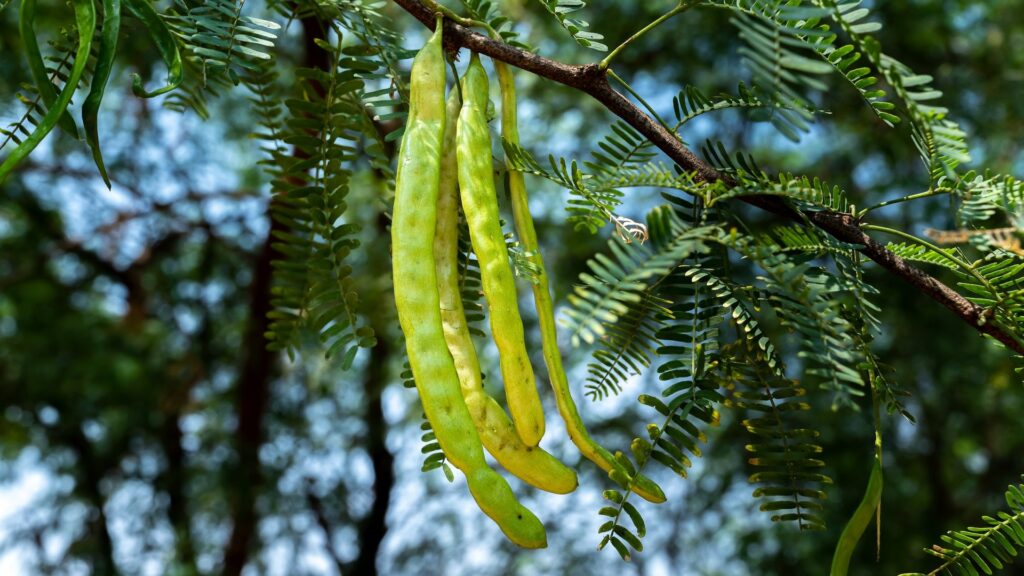In Tucson, Arizona, Brandon Marchant is leading a unique project to help cool temperatures and fight hunger in the city's hottest areas by planting food-producing trees.
A “food forest” created on the city's south side is planted with native velvet mesquite trees and is designed to provide much-needed shade and food to an area where both are lacking.
According to Grist, Marchant's efforts are part of a broader movement to plant one million trees in Tucson by 2030, a goal that has received a $5 million grant from the Biden administration as part of a nationwide urban forestry effort. But Marchant's vision goes beyond just cooling the city: He aims to address food insecurity by planting trees that can be harvested for a livelihood. Velvet mesquite trees, which grow in the dry climate of the Sonoran Desert, produce seed pods that can be ground into a sweet, protein-rich flour.
“When you think about the root causes of hunger and the root causes of health issues, it's the lack of green space, the lack of biodiversity, all of these things are linked together,” Marchant told Grist.
The food forest concept is part of a growing trend nationwide that combines urban forestry with anti-hunger efforts: Cities across the US, including Boston, Philadelphia, Atlanta, Seattle and Miami, are developing similar community spaces where fruit trees, berries and other edible plants are grown in public areas, according to the publication.
Not only do these spaces provide a source of fresh produce, they also improve air quality, store carbon and provide habitat for wildlife.
Sign up for our newsletter and get the best news, eco-friendly hacks, and the latest in cool clean tech delivered straight to your inbox every week.
“It's definitely growing in popularity,” Kara Rockwell, a forestry and agronomy researcher at Florida International University, told Grist. “Food security is one of the big benefits.”
Marchant's work was inspired by Brad Lancaster, who has transformed Tucson's Dunbar Springs neighborhood into a lush food-growing region over the past three decades. Lancaster's approach to urban forestry, with a focus on using native plants and water conservation, has transformed the once-barren area into a vibrant community space, planting more than 1,700 native food and medicinal trees and shrubs.
It's still in the early stages, with only a few dozen saplings planted so far, but Merchant's project aims to plant 20,000 trees by 2030.
To encourage community involvement, the food bank hosts workshops on growing, pruning and harvesting mesquite trees and organizes events where locals can use hammer mills to grind the seed pods into flour. These events often culminate in a mesquite pancake cook-off where the community comes together to enjoy the fruits of their labor.
As Tucson's food forest takes root, it's expected to not only cool the city, but also provide a sustainable, locally-led solution to hunger and environmental degradation.
Sign up for our FREE newsletter for cool news and practical information to help you help yourself while helping the planet.



